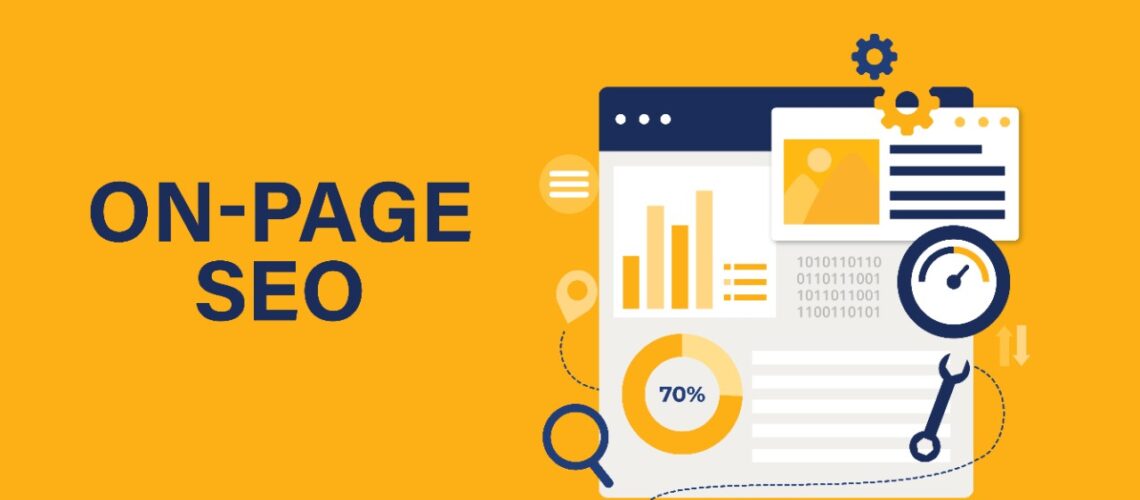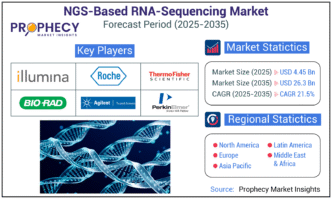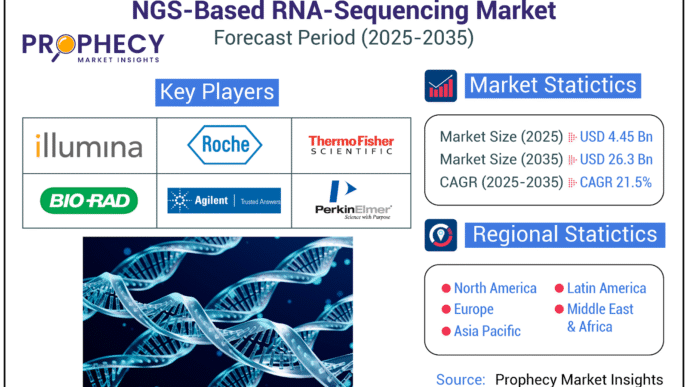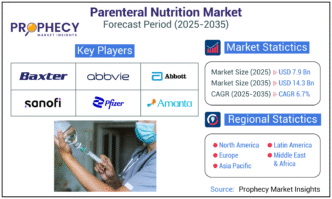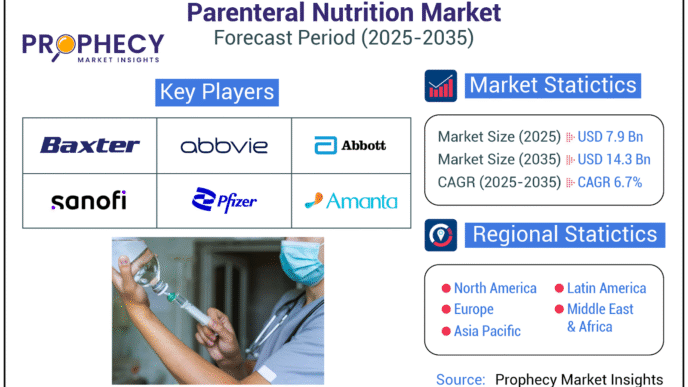Several businesses from various industries have now recognized the power of SEO in relation to how their brand is getting known by more and more people. This strategy has even led to a huge increase in customer conversions, retention, as well as keeping the customers satisfied throughout their website visit, navigating through the pages. And of course, with businesses entering the world of digital marketing, one effective strategy for them is to make their website presentable and visually appealing. This is done with experts working on on-page SEO, which refers to the practice of optimizing web pages as a means of helping them to rank higher in the search engines. It is about working on the structure and content of the website itself, while following the rules and requirements of search engines to acknowledge your website’s SEO efforts.
On-page SEO is an integral part of the entire optimization processes, which can help your website to rank up in the search engines, while reaching a bigger audience and getting more organic traffic. It is a crucial strategy, but one of the most well-known methods for generating more leads and increasing the brand visibility for more potential customers in the long run.
Working with on-page SEO certainly requires broad knowledge, as well as technical understanding. This is primarily because it touches certain aspects of the entire on-page optimization processes, affecting both the performance and the ranking of your website. And part of the on-page SEO measures include generating high-quality content, creating valuable meta descriptions, optimizing the image alt text, and including relative internal links that could help their readers find their way to answer their questions.
If you are just starting a business, yet you already want to integrate optimization strategies for your website to thrive in the industry, then opting to go for search engine optimization processes would be the best choice. You may not notice the improvements at first, of course. However, having to work on your SEO strategies consistently, may it be with regards to on-page SEO or off-page, you will definitely see how effective these optimizations are in the long run. With this, if you want your website to rank well and attract new visitors, it is essential to work on all of the aspects relative to on-page SEO.
High Quality Content
Creating high-quality content is one of the huge factors that on-page SEO processes work on. Content is indeed a relevant aspect, given that it is considered to be one of the main drivers of your website in terms of ranking higher on search engines. This does not only tell both users and search engines more about your business and your website. It also involves relevant posts that give you an opportunity to add value to your website. A well-written tail creates a solid image for your content and customers see you as an authority when it comes to their needs. So, write articles and create content that has a strong message and can be easily understood.
Part of working on the content would be the topics and the keywords that you will be using on the blog post itself. This makes the process of conducting initial keyword research a crucial and important responsibility. Moreover, you also have to take your target market into consideration as well in the process of planning the content you will be posting on your website. Identify the user intent that will lead your content in the way that will drive your customers to navigate more of what your website can offer.
Meta Descriptions
Part of optimizing the website would be incorporating well-written meta descriptions that will entice people to read your article. Meta descriptions are the short blurbs and snippets of a copy that you see underneath a search result. They are not ranking factors for search engines, but they can increase the click-through rate for content. This makes it still an important aspect within on-page SEO. By using structured markup, when your content is shared on social media, its descriptions can be copied over to encourage clicks there as well. Which is why it is important to make sure that you will be writing a description that draws attention to readers.
In producing an SEO-friendly and compelling meta description, you must remember to keep the description under 160 characters or less. This is so Google would not cut off parts of the copy. Include your primary keyword in it to specify what your content is about, since Google bolds words and phrases that match the users’ queries as well. Your meta description should entice viewers by describing what they may expect to see on your website.
Image Alt Text
An on-page SEO strategy also works on optimizing images, including the integration of alternative texts. Many websites fail to recognize how important this element is. Alt texts matter in terms of telling the search engines what your image is displaying, especially in cases where the images failed to load, or if they cannot be viewed for some reason.
The primary goal of alternative texts is to make content more accessible to screen reader users. This converts content and photos to audio. This makes it critical to include descriptive alt text to help viewers as well. And given that search engines, specifically Google, deliver several image-based results, it is a big advantage to optimize images to rank for the searches. Which is why you need to incorporate alt texts into every informative image you post on your website.
And in the process of optimizing images and implementing image alt texts, you have to be descriptive and accurate, ensure that it is relevant while keeping it short and concise. You have to include keywords in it if possible, but avoid keyword stuffing. You may not realize it at first, but images, too, can rank in Google image searches, which might even send more traffic your way.
Internal Links
Apart from the factors to be optimized as mentioned above, it is important to also integrate internal links, so readers will be led to a page within your website that is relevant to what they are currently reading. Building a strong internal linking structure is an important part of both the on-page SEO, and the off-page as well. By including these links within the body of your website, you are empowering your website to be more useful and authoritative on specific subjects. Internal links also help search engines index your most relevant content, thus benefiting every page that it points to with higher rankings in Google’s search results.
Internal links not only add depth and trust signals, but also aid your reader’s experience. It also improves your reader’s experience by demonstrating that you are thinking about their needs and what more they would be interested in reading. This will also help your readers and visitors navigate your website, finding more information that may be useful. Thus, if they click through the internal link you have provided, it can keep the reader on your site. This increases user interaction, while bringing added value by providing relevant resources or pages.
Key Takeaway
On-page SEO has more to offer, and is certainly a beneficial way for your business to rise up in the digital marketing scheme. By incorporating various strategies, you will surely be able to attain your goal of being widely recognized by a lot of audience and potential customers. Just do them properly, and you will definitely rank in search engines in no time. Remember, the best method for each aspect of on-site optimization relies on the fact that the site must provide value and satisfy its users with what they are looking for.

